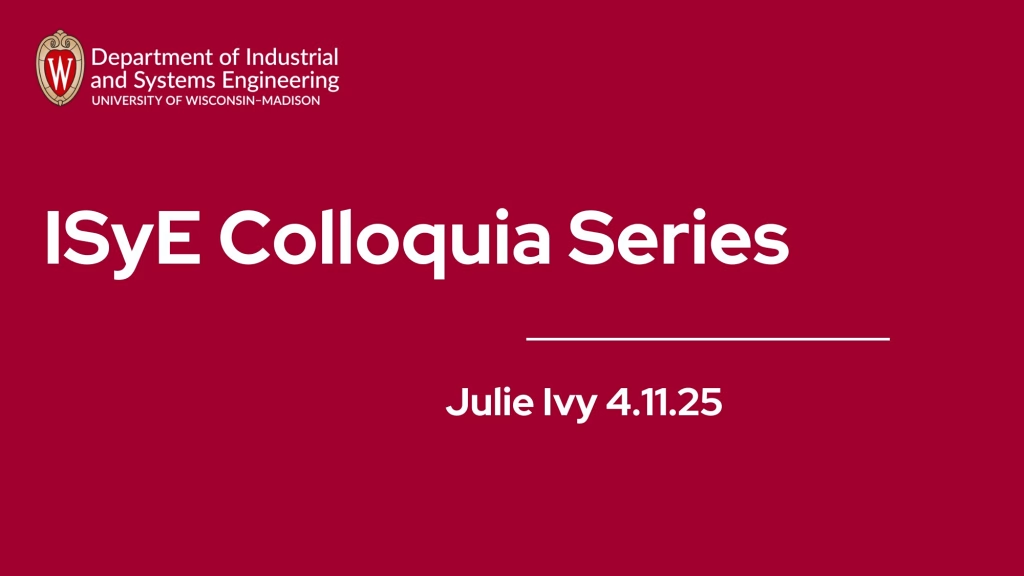
- This event has passed.
CBE Seminar Series: David W. Flaherty
October 1, 2024 @ 4:00 PM – 5:00 PM
David W. Flaherty
School of Chemical and Biomolecular Engineering
Georgia Institute of Technology
Atlanta, GA
Charting New Waters: Catalytic Active Sites in Dynamic Environments

Catalytic reactions on solid materials form the foundations of chemical manufacturing, yet many phenomena that impact catalysis within microporous zeolites and on metal nanoparticles challenge current understanding. As society transitions toward more sustainable methods of producing platform chemicals and fuels, clear insight to dynamics of active sites and the structural evolution of catalytic materials will only become more important for design of processes that harness electrocatalytic reactions, valorize renewable feedstocks, and develop new catalytic chemistries. This seminar will share insight from select examples that include the discovery of the unexpected roles of solvent molecules in accelerating epoxidations in zeolites and mediating H2O2 formation on palladium nanoparticles at solid-liquid interfaces, as well as the identification of oxygen activation pathways and surface sites for ethylene epoxidation on silver catalysts. These three reactions play a central role in reducing the environmental impact (CO2 emissions, chlorine use) of the largest class of organic intermediates for chemical manufacturing.
Solvent molecules surround and interact with catalytic sites in ways that change reaction rates and selectivities by orders of magnitude. While the importance of solvent effects on organic chemistry is established and heuristics exist for homogeneous systems, interactions among solvent molecules and reactive species remain challenging to describe molecularly especially at surfaces. Within zeolite pores, the catalytic epoxidation of alkenes at framework Ti-atoms exhibits rates and that depend on dimensions and polarity of surrounding voids. As a consequence, rates and selectivities span 102-103 fold at active sites with indistinguishable electronic structure. These results indicate the topology of the catalyst changes the structure of the solvation shells that form about reactive species and evolve along with the reactants. During reactions between H2 and O2 on palladium nanoparticles, organic solvents cause changes in the active phase of the metal nanoparticles such that the material possesses a structure distinct from reactions within water. Moreover, the organic residues spontaneously form surface organometallic complexes that act as redox mediators and co-catalyze proton-electron transfer steps that reduce O2.
Metal nanoparticles evolve to form surface structures that can differ significantly from expectations, even when these reconstructions give rise to effective catalysts. As an example, the form of active silver surfaces, reactive oxygen species, and dominant pathways for ethylene epoxidation remain controversial despite decades of research. Operando surface enhanced Raman spectroscopy, transient kinetic measurements, and ab initio calculations reveal that silver surfaces reconstruct to form Ag oxides that stabilize peroxide species responsible for the selective formation of ethylene oxide. Dominant reaction pathways involve activation of O2 by reaction with C2H4 and products that form through peroxo– and oxometallacycle complexes. These findings hint at the manner that ubiquitous promoters (e.g., parts-per-million chlorine, transition metals) give high selectivities on industrial epoxidation catalysts.


